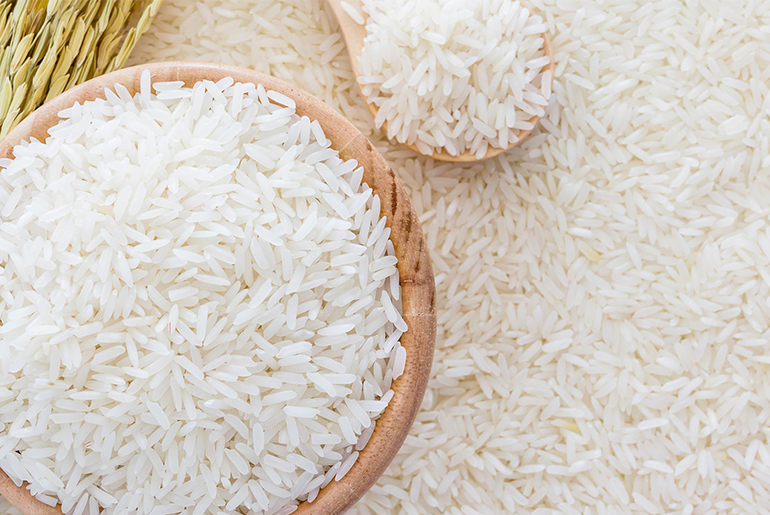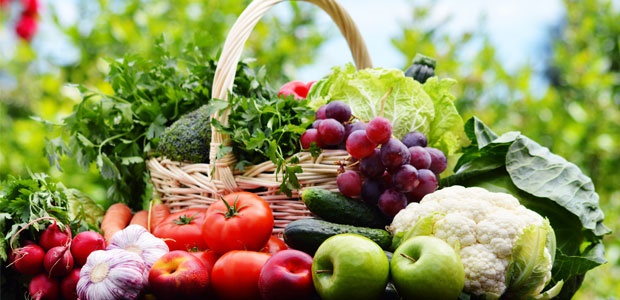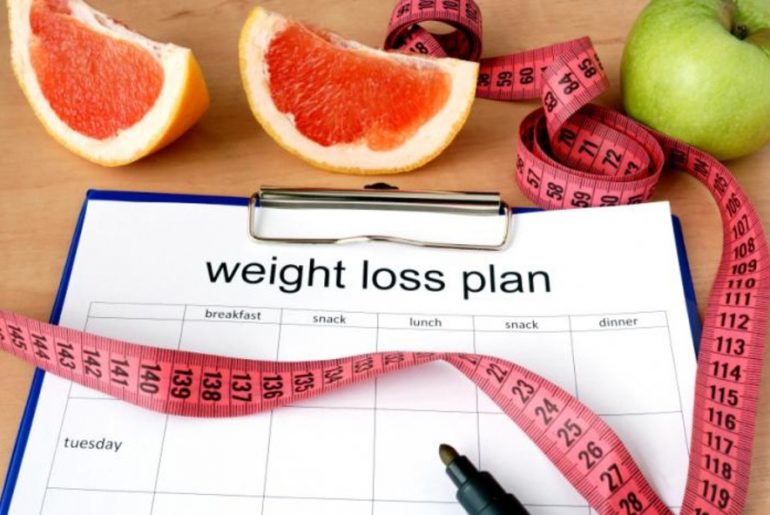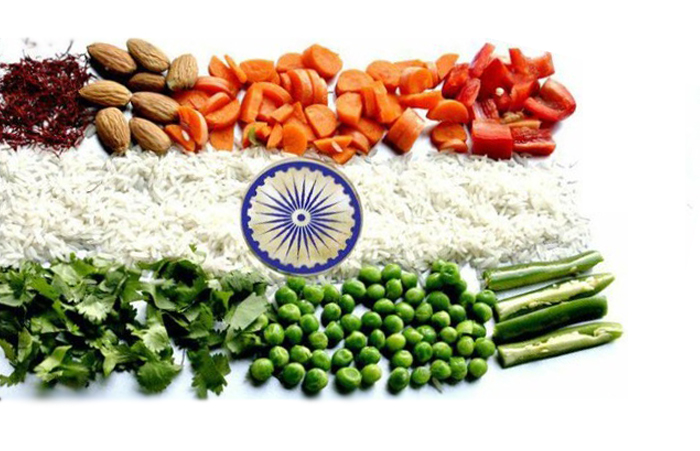Your guide to eating white rice for weight loss and health
There are fewer foods that in still more fear in my clients’ hearts than rice. Or more specifically, white rice. This humble cereal has become a dietary force that few dieters want to reckon with – so many skip rice entirely in their efforts to lose weight or reach their health goals.
While the nutritional benefits of brown rice have been discussed to death, the problem is that it’s relatively costly and not commonly available, like white rice. Also, brown rice has a fairly distinctive taste, which may not always marry well with dishes which work so well with its whiter cousin. That’s why this piece is my effort to tell you why not to be a (white) cereal killer.
To start with, all the rumours you have heard about white rice are true. Yes, it has a higher glycaemic index (GI), which means that it gets converted into glucose very quickly by your body and can spike blood sugar levels. Result? Bad for both diabetics and dieters. It is also a starchy food (starch is part of the glucose family), which again can be fattening and disturb — or even reverse — weight loss efforts. All true.
But to that I say, white rice is only a problem if you don’t cook it or eat it in the way it should be eaten. And yes, there is a way. Or more than one way to have your rice and eat it too:
BOIL WHITE RICE, DON’T PRESSURE COOK IT
Cooking rice in a pressure cooker means that the starch will remain in the rice and not be released in the water. The same holds true with rice cookers. To remove the starch, boil it and drain the rice water.
ADD VEGETABLES TO LOWER ITS GI
Did you know that high GI food can become low GI foods? In the case of rice, this is done by simply changing the composition of the rice and adding vegetables to it. The vegetables take more time for your body to process, and this slows down the rice’s ability to quickly convert into glucose.
PORTION IT OUT
For dieters and diabetics, one medium size bowl a day is the serving size I recommend. Diabetics need to be doubly sure that all water is completely drained before eating it.
White rice is yummy, and is the base for many dishes – not only in Indian cooking but many other cuisines, both regional and international. It’s tasty and versatile and can be a health companion, making you look forward to your meals instead of dreading them. Why give it up if you don’t have to?









